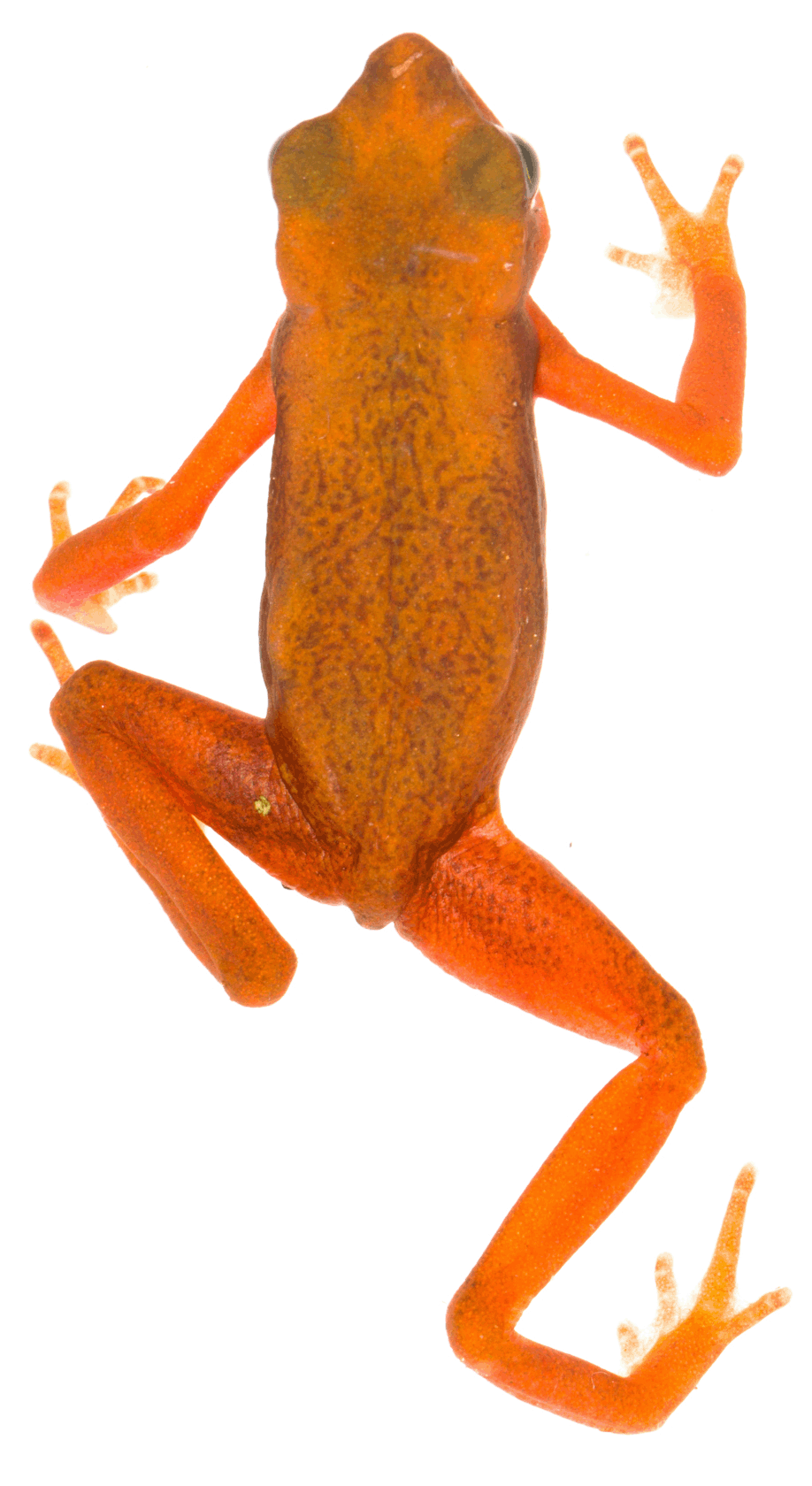How does vision change across development?

Vision in butterflies has been well characterized, though increased nuances to vision are being discovered every year. Among the best studied groups of butterflies in this respect are those in the Heliconius genus known as the longwing butterflies or passionflower butterflies. Prior research has discovered vision elements evolving in different ways throughout the clade, including in some surprising ways.

Many Heliconius butterflies are part of mimicry rings in Central and South America. The similarity between mimics can be near perfect and difficult to discern from one another. Research
In collaboration with Dr. Adriana Briscoe, we are examining how vision changes through development in various species of Heliconius. Caterpillars of these butterflies are often aposematic as well, but are not nearly as variable as their adult counterparts. And as caterpillars experience a very different world from butterflies, it stands to reason that their vision would also be different. Consequently, we are examining how opsin expression changes, which will give us insight into how plastic vision is across development.
in the Briscoe Lab has found that some species show sexual dimorphism in the opsin expression in the retina. They have hypothesized that these differences allow mimetic species to avoid confusion with co-mimics by having "secret signals" embedded within their aposematic signal. In doing so, they can enjoy the ability of not confusing co-mimics with conspecifics while not compromising the aposematic signal.
